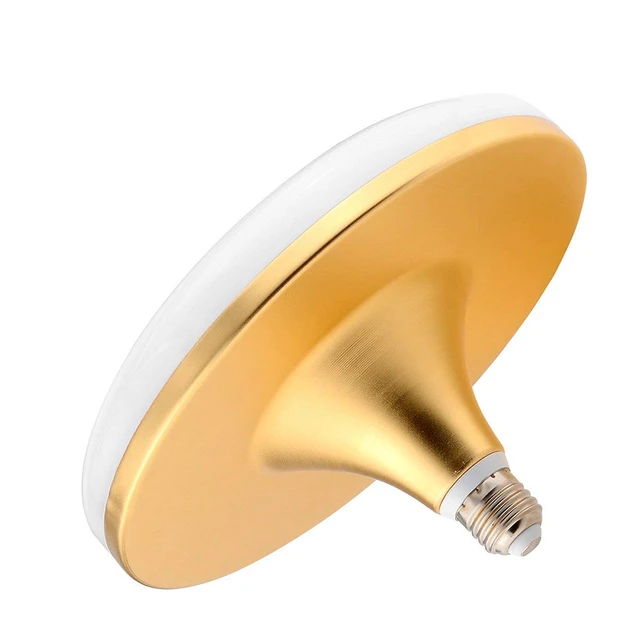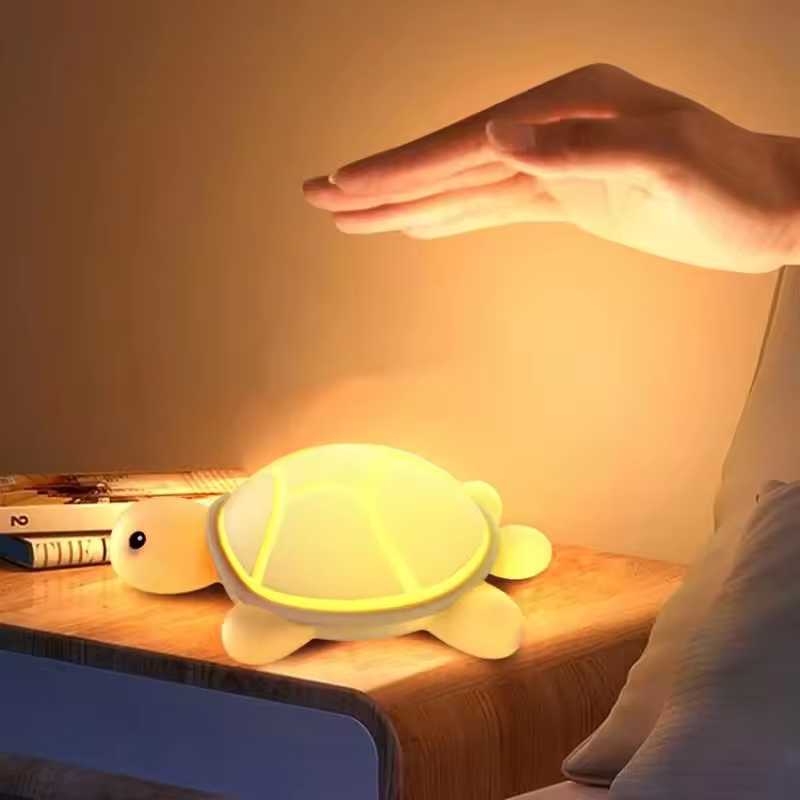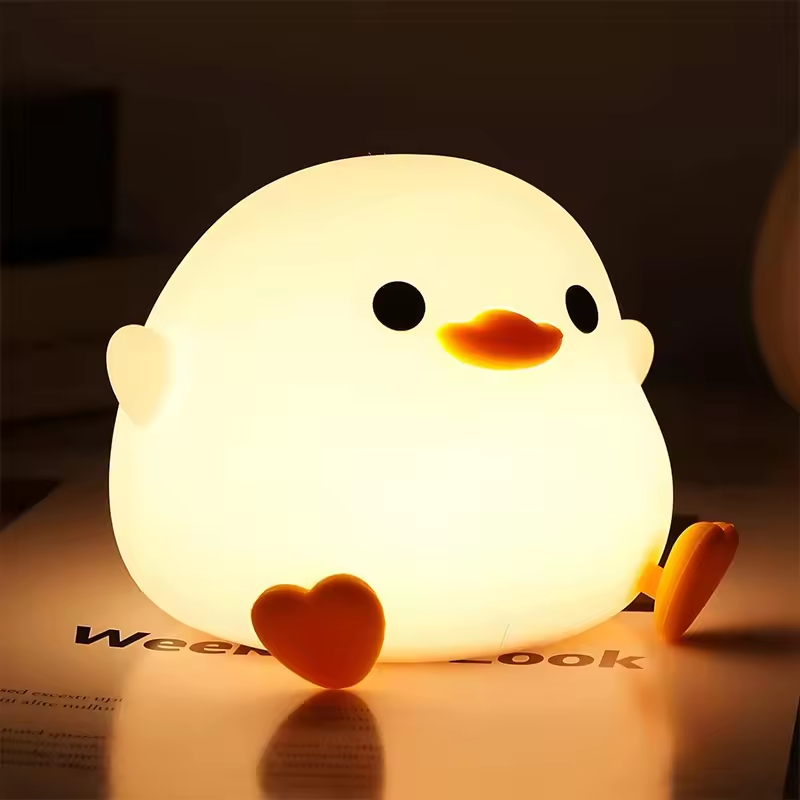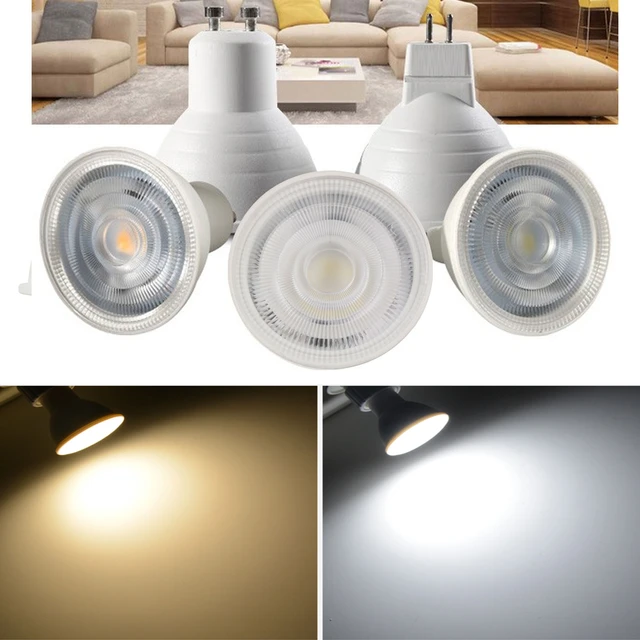 Introduction:
Introduction:
LED ceiling light bulbs offer energy efficiency and long-lasting illumination, making them a popular choice for homes and businesses. When it comes time to replace an LED ceiling light bulb, it is important to follow the correct steps to ensure a safe and successful replacement. In this comprehensive guide, we will provide a step-by-step approach to help you replace your LED ceiling light bulb with ease. By understanding the process, you can confidently maintain a well-lit space and enjoy the benefits of LED lighting.
Introduction to LED Ceiling Light Bulb Replacement
Replacing an LED ceiling light bulb involves removing the old bulb and installing a new one to ensure continued illumination in your space.
A. Importance of Safety: Prioritizing safety is crucial during the replacement process, as working with electricity requires caution.
B. Durability and Energy Efficiency: LED ceiling light bulbs are known for their long lifespan and energy-saving capabilities, making them a popular choice for lighting.
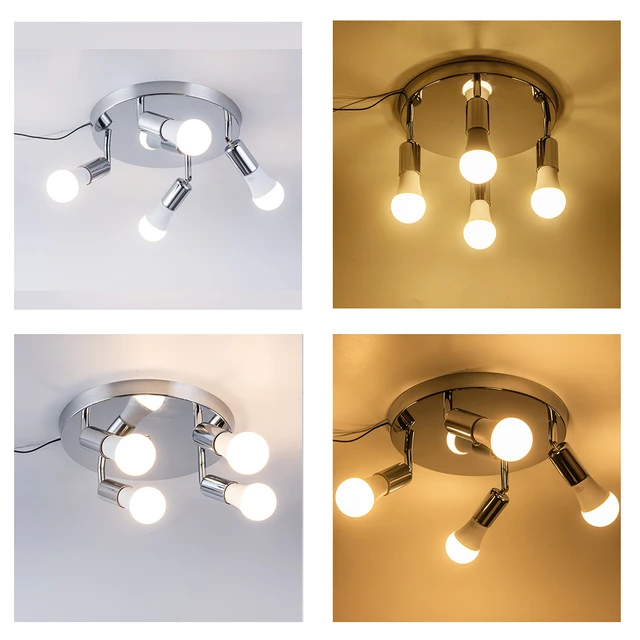 Understanding LED Ceiling Light Bulbs
Understanding LED Ceiling Light Bulbs
Familiarize yourself with the features and specifications of your LED ceiling light bulb.
A. Bulb Shape and Size: LED ceiling light bulbs come in various shapes and sizes, including A19, BR30, PAR38, and more. Ensure you have the correct replacement bulb size.
B. Wattage and Lumens: Check the wattage and lumens of the old bulb to select a suitable replacement with similar brightness.
Safety Precautions
Before replacing the LED ceiling light bulb, take necessary safety precautions.
A. Turn Off Power: Ensure the power is switched off before starting any work to avoid electrical shocks.
B. Use a Steady Surface: Work on a steady platform, such as a step stool or ladder, to reach the light fixture safely.
Step-by-Step Guide to Replacing an LED Ceiling Light Bulb
Replace the LED ceiling light bulb using these simple steps.
A. Step 1: Remove the Existing Bulb:
Let the old bulb cool down if it was recently turned on.
Gently twist the bulb counterclockwise to detach it from the socket.
Carefully pull the bulb out of the fixture.
B. Step 2: Prepare the New Bulb:
Unpack the new LED ceiling light bulb from its packaging.
Check the compatibility of the new bulb with the fixture and refer to the manufacturer’s instructions if needed.
C. Step 3: Install the New Bulb:
Align the bulb’s base with the socket and gently insert it.
Rotate the bulb clockwise until it is securely in place.
Avoid over-tightening to prevent damage.
D. Step 4: Test the New Bulb:
Turn on the power to the light fixture.
Flip the light switch to test if the new bulb is functioning properly.
Ensure the bulb provides the desired brightness and illumination.
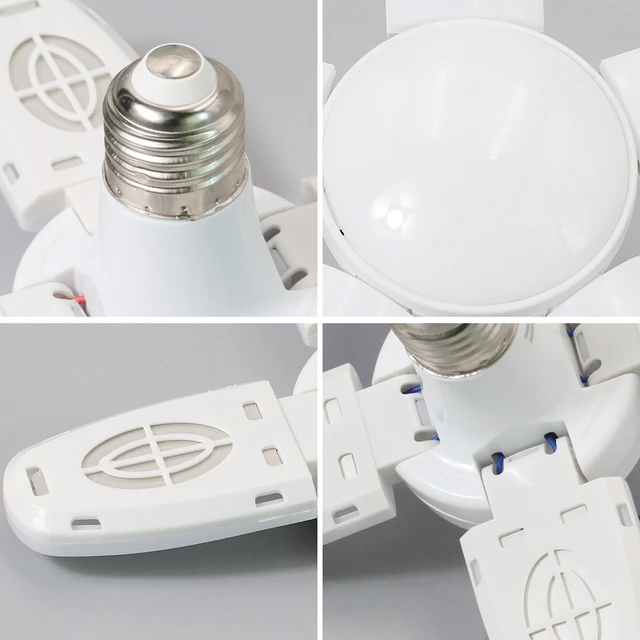 Disposal and Recycling
Disposal and Recycling
Properly dispose of the old LED ceiling light bulb and consider recycling options.
A. Handling and Disposal: Wrap the old bulb in a protective material, such as paper or plastic, and put it in a sealed bag before discarding it with regular household waste.
B. Recycling Options: Check local recycling centers or consult with waste management facilities about proper recycling procedures for LED light bulbs.
Additional Tips and Considerations
Consider these additional tips to maximize the lifespan and efficiency of your LED ceiling light bulbs.
A. Cleaning: Regularly clean the fixtures and bulbs to remove dust and debris, ensuring optimal light output.
B. Dimmable Bulbs: If using a dimmer switch, ensure compatibility with dimmable LED bulbs for smooth dimming functionality.
C. Read Manufacturer Instructions: Refer to the manufacturer’s instructions for specific information about the LED ceiling light bulbs you are using.
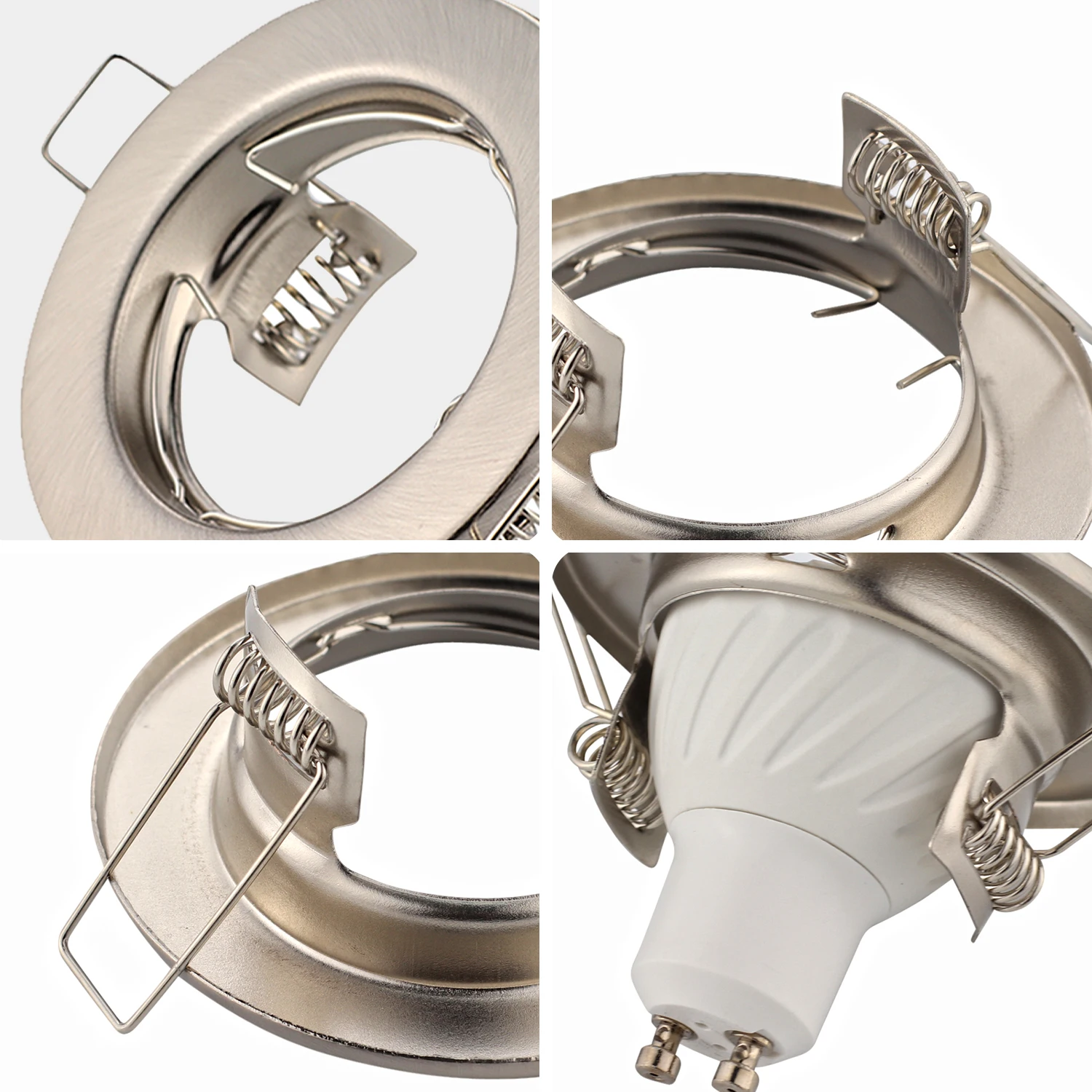 Comparison between chandeliers, LED ceiling light bulbs, and fluorescent lights:
Comparison between chandeliers, LED ceiling light bulbs, and fluorescent lights:
Here is a comparison between chandeliers, LED ceiling light bulbs, and fluorescent lights:
Chandeliers:
Chandeliers are decorative lighting fixtures that typically hang from the ceiling and feature multiple arms or branches with light bulbs or candles. They are often used in dining rooms, entryways, or formal living rooms to add a touch of elegance and charm to the space. Chandeliers come in various styles, sizes, and materials, allowing for customization to match different interior designs.
LED Ceiling Light Bulbs:
LED (Light Emitting Diode) ceiling light bulbs are energy-efficient light sources that can be used in various types of fixtures, including ceiling lights. LED bulbs consume less energy than traditional incandescent bulbs and have a longer lifespan. They are available in different shapes, sizes, and color temperatures to suit different lighting needs. LED ceiling light bulbs provide bright and focused illumination, making them suitable for general lighting or task lighting.
Fluorescent Lights:
Fluorescent lights use a fluorescent lamp tube that contains mercury vapor and phosphor coating. When electricity passes through the bulb, the mercury vapor emits ultraviolet light, which then interacts with the phosphor coating to produce visible light. Fluorescent lights are commonly used in commercial or industrial settings due to their energy efficiency and long lifespan. They provide a cool, white light and are available in different sizes and formats, including tube lights and compact fluorescent lamps (CFLs).
Comparison:
Design and Aesthetic: Chandeliers are primarily chosen for their decorative appeal and can serve as a centerpiece in a room. LED ceiling light bulbs and fluorescent lights have simpler and more functional designs that are focused on providing adequate illumination.
Energy Efficiency: LED ceiling light bulbs are highly energy-efficient, consuming less electricity and having a longer lifespan compared to both chandeliers and fluorescent lights.
Light Quality: Chandeliers provide a warm and ambient light, while LED ceiling light bulbs and fluorescent lights offer a brighter and more focused illumination. LED bulbs offer the advantage of adjustable color temperatures, allowing for customization based on preference or intended use.
Maintenance: Chandeliers require periodic cleaning and maintenance due to their intricate designs and hanging nature. LED ceiling light bulbs and fluorescent lights are low-maintenance, with LED bulbs requiring the least frequent replacement.
The choice between chandeliers, LED ceiling light bulbs, and fluorescent lights depends on factors such as personal preference, lighting needs, energy efficiency, and the desired style or ambiance for the space.
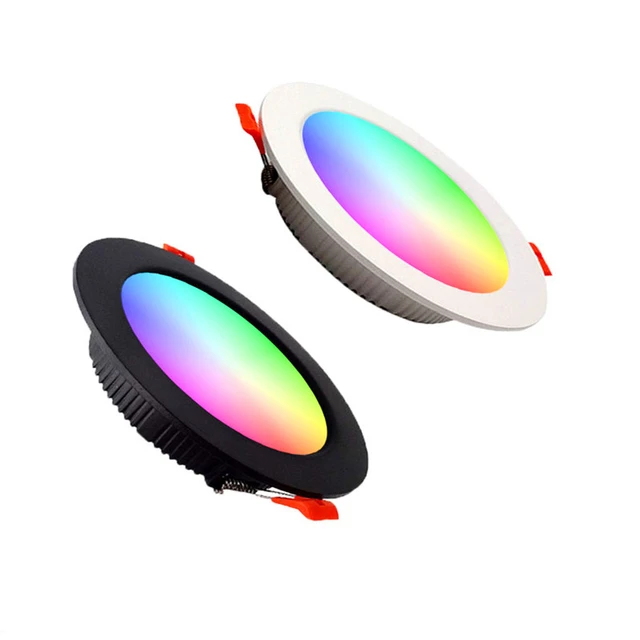 Conclusion
Conclusion
Replacing an LED ceiling light bulb is a simple process that requires a few basic steps to ensure a safe and successful replacement. Remember to prioritize safety by turning off the power and using a stable surface when replacing the bulb. Familiarize yourself with the specifications of the existing bulb and select a compatible replacement. Dispose of the old bulb properly, and consider recycling options if available. By following these simple guidelines and considering additional tips for maintenance and efficiency, you can confidently replace your LED ceiling light bulb, enjoying the benefits of long-lasting illumination in your space.
